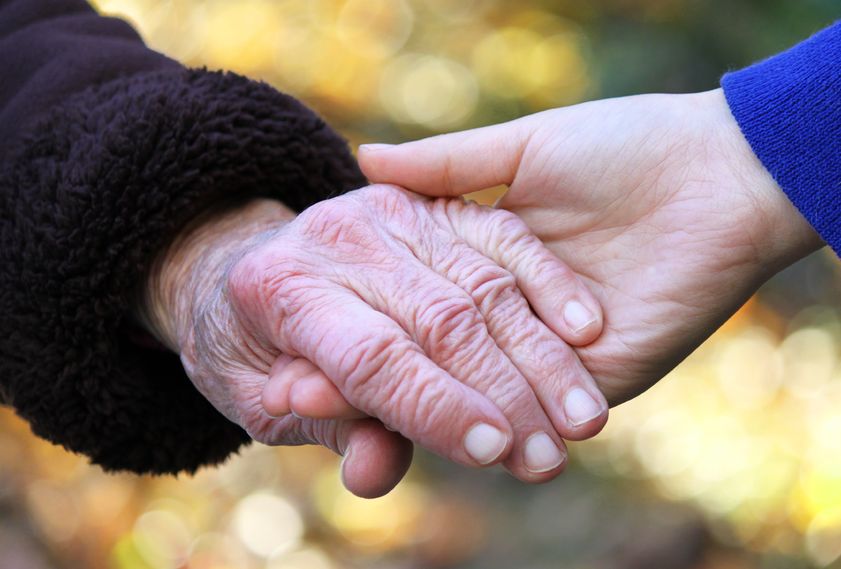
Understanding Peripheral Neuropathy in the Adult
February 6, 2018
Osteoarthritis in the Knee – The Signs and Symptoms
April 2, 2018Navigating and interacting with the world relies on good balance, which in turn relies on several body parts working together to work. The eyes, ears, bones, joints, and brain must act in accordance; each one is constantly updated and adjusted to keep the body regular. The inner ear does much of the balancing work as the vestibular system, while the muscles and joints work as the proprioceptive system to sense where the body is. What might not be as obvious but just as important, however, is the vision.
Vision in the Balance System
The inner ears need the eyes, simply because the eyes are how people best sense and judge the world around them. The vestibular and proprioceptive systems work off the information the eyes and brain give them, helping with stability and position whether standing still or in motion. The vision, in fact, serves as the main source of information for a person from childhood onward; much of the brain is used to process it. While problems in either system can cause balance trouble, vision problems often cause a sort of ripple effect in the others.
Issues with the proprioceptive and vestibular system quickly affect one’s vision, from dizziness and shakiness to throwing both eyes off-sync with each other. As the control center of the body, the brain likewise destabilizes these systems after an injury. The eyes and their connective tissue, however, give them almost everything they use to work; seeing trouble can override several bones, muscles, and organs as a result.
Effects of Poor Vision
Either system, or brain, being out of sync with the eyes can cause a number of problems: the body processing the wrong information, not having enough, or processing it incorrectly. The visual system “calibrates” the others, the absence of which contributes to falls and balance disorders. Studies suggest a relationship between poor vision and a heightened risk of falls, though research is ongoing; while falls might not seem like a great danger, they’ve caused injury to millions of Americans. Older adults are at greater risk, but for adults and teenagers alike, the right fall in the wrong place can cause significant damage.
Balance disorders typically feature poor vision as a symptom, whether blurred or uneven. Good vision makes these symptoms easier to handle, especially when the vision itself is treated. In some cases, getting glasses or contacts is enough to greatly improve balance issues. By the time someone might notice another having trouble walking and poor hand-eye coordination, there may already be a bigger issue.
Treatment
Fortunately testing the vision for its effects on the vestibular and proprioceptive systems is not difficult, though it requires seeing a doctor familiar with these links. A scan of the vision system in the interest of physical therapy comes in several parts, only one of which is just checking the eyes for good health. The doctor or physician will also check oculomotor skills, focusing skills, and how well the mind interprets and processes visual stimuli. Whether or not the eyes can work simultaneously with the brain and other systems is of utmost importance, since the visual system processes the information it receives almost instantaneously. What must additionally be tested are other injuries and disorders that affect vision, since treating those can alleviate any resulting balance problems. With the hard work and cooperation of the patient, deficient skills and habits can be improved in due time.
While vision may not appear to be the most important factor in keeping balance, the body needs them to maintain it normally. It takes the vestibular, vision, and proprioceptive systems working together to keep things level; but it is the vision which provides most of the necessary information. As this article has shown, poor vision can disrupt the other systems to the point of great risk. Proper care of the ocular and motor functions can help reverse some of the risk and improve balance, whether the fix is a simple pair of glasses or rigorous physical therapy. If your child is currently struggling with vision-related balance problem, a visit to Maplewood Sauk Prairie can get them on the path to recovery.
Sources:
http://www.ucdmc.ucdavis.edu/publish/news/newsroom/7895
https://vestibular.org/news/12-23-2016/connection-between-vision-balance


